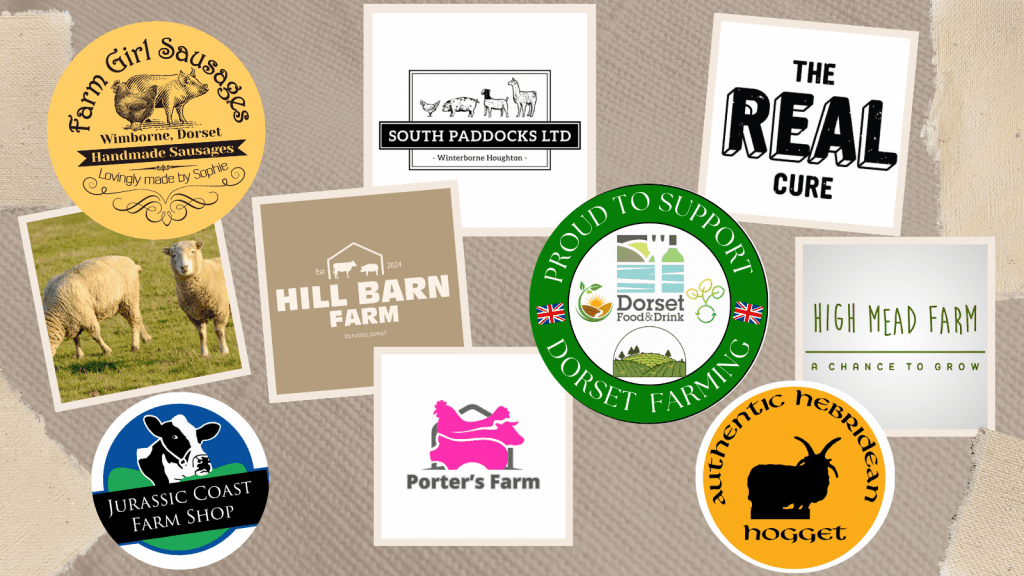This month both beans and peas are in season, so why not use them in your menus in August? Here’s our top tips for using beans and peas.
Bean varieties
Green beans
There are over 130 different varieties of green beans and once cooked, they will have a fresh, mild flavour while when cold, they work well in salads.
Broad beans
These are plump and have a creamier flavour. The outer skins can be tough, but inside they are sweet and work well with cheese and cured meats.
Runner beans
Crunchy and sweet, these beans have tough ends and then a string which needs to be removed before preparing. These need to be cooked before eating but work well in stir fries, as part of a roast dinner and more.
Edamame beans
Used in Asian dishes and are quickly becoming popular as a snack once they’re cooked. Edamame are basically young soya beans and have a nutty flavour.
Pea varieties
Mangetout
Literally translated from the French, mangetout means “eat all” and that’s exactly what you can do with these peas. You can eat both the pods and the small peas inside. They’re tasty both raw and cooked and work well as a healthy snack.
Petit Pois
Another French name, these translate as little peas – these are essentially garden peas and have a sweet, delicate taste and work with a huge range of dishes.
Sugarsnap peas
These are a larger, sweeter version of mangetout and much like them, they can also be eaten whole, raw and steamed.
Garden peas
These are a popular favourite for a variety of dishes and have a lovely sweet flavour. Fresh versions have a relatively short shelf life, so they should be eaten soon after picking, but frozen versions can be used for longer periods of time.
When it comes to peas and beans they work well in both summery salads, warm soups and more which is why they are so popular with chefs and cooks from both top restaurants and home kitchens.
How to cook
The mistake that is often made when it comes to peas and beans is overcooking. Both vegetables only require steaming or boiling for a few minutes and work best al dente. If you want to use them in a salad, be sure to plunge them into ice water immediately after cooking to keep them crisp – if you’re using frozen rather than fresh veg, always cook them before eating.
When it comes to buying peas and beans, you will find them available all year as frozen varieties. They are frozen a few hours after picking so retain their flavour, while fresh ones will have a short shelf life, especially garden peas. At this time of year, it is much easier to find fresh options to make salads, soups, pastas and more. They also work well in a dip or spread, so blitz them with the other ingredients once cooked.
Peas and beans are incredibly versatile and can be used in a host of global cuisines, including dishes inspired by Japanese, French and Greek cuisine.
How to store
All fresh peas and beans have a short shelf life and need to be used as soon as they are bought. Store fresh peas and beans in the vegetable drawer of your fridge, frozen ones will need to be kept in the freezer until ready to use.



